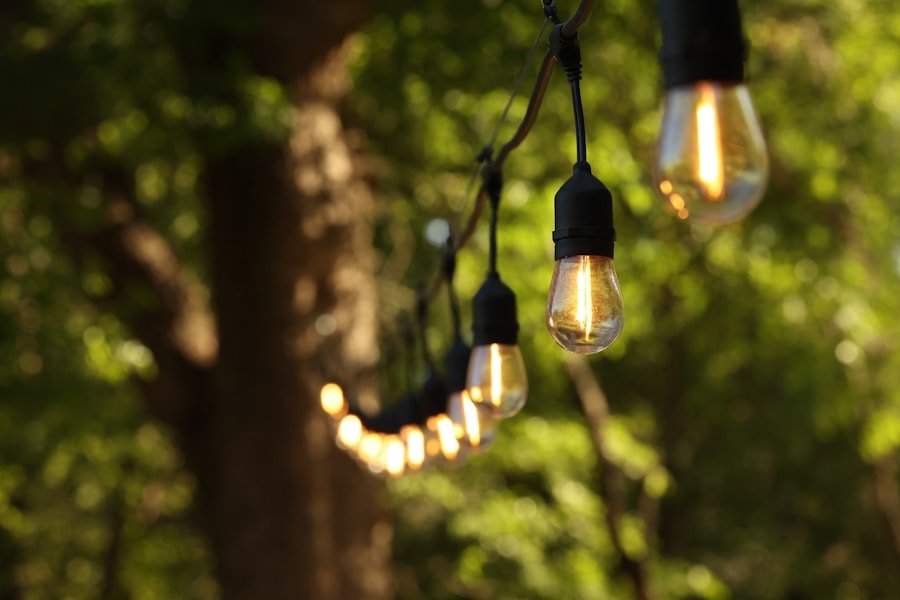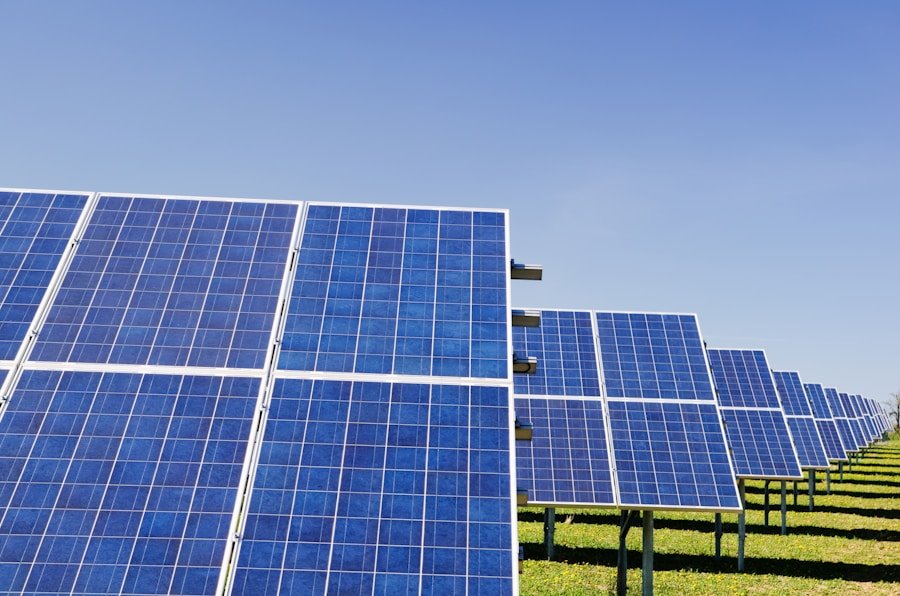Direct debit is a convenient and hassle-free way to pay for your energy bills. It is an automated payment method that allows your energy provider to withdraw the amount due from your bank account on a regular basis. This means you don’t have to worry about remembering to make payments or dealing with late fees. Direct debit payments are typically set up to occur monthly, but some providers may offer other options such as quarterly payments.
When you set up a direct debit for your energy bills, you will need to provide your bank account details to your energy provider. They will then use this information to set up the automatic payments. It’s important to ensure that you have enough funds in your account to cover the payments, as failed direct debit payments can result in additional charges from your bank and your energy provider. Direct debit payments are protected by the Direct Debit Guarantee, which means you can get a full refund from your bank if there are any errors in the payment process.
Direct debit payments can help you budget more effectively, as you will know exactly how much will be taken from your account each month. This can be particularly helpful for those on a tight budget, as it allows you to spread the cost of your energy bills evenly throughout the year. Additionally, direct debit payments can often come with discounts or incentives from energy providers, making it a cost-effective option for many consumers. Overall, direct debit payments offer a convenient and reliable way to manage your energy bills.
The Benefits of Direct Debit for Energy Bills
There are several benefits to using direct debit for your energy bills. One of the main advantages is the convenience it offers. With direct debit, you don’t have to worry about remembering to make payments or dealing with late fees. The payments are automated, so you can set it and forget it, knowing that your energy bills will be taken care of each month. This can save you time and stress, as well as helping you avoid any potential disruptions to your energy supply.
Another benefit of direct debit for energy bills is the potential for cost savings. Many energy providers offer discounts or incentives for customers who pay by direct debit. These discounts can help you save money on your energy bills over time, making direct debit a cost-effective option. Additionally, spreading the cost of your energy bills evenly throughout the year can make it easier to budget and manage your finances. This can be particularly helpful for those on a fixed income or tight budget, as it allows you to plan ahead and avoid any unexpected spikes in your energy costs.
Overall, direct debit for energy bills offers a range of benefits, including convenience, potential cost savings, and improved budgeting. It’s a popular payment method for many consumers, and it’s easy to see why.
How to Set Up Direct Debit for Your Energy Bills
Setting up direct debit for your energy bills is a straightforward process. Most energy providers offer the option to pay by direct debit, and they will usually provide you with the necessary information and forms to get started. To set up direct debit, you will need to provide your bank account details to your energy provider. This typically includes your account number and sort code, as well as the name on the account.
Once you have provided your bank account details, your energy provider will use this information to set up the direct debit payments. They will let you know when the first payment will be taken from your account, as well as the amount and frequency of future payments. It’s important to ensure that you have enough funds in your account to cover the payments, as failed direct debit payments can result in additional charges from your bank and your energy provider.
After the direct debit has been set up, you will receive regular statements or notifications from your energy provider detailing the amount due and when it will be taken from your account. This can help you keep track of your energy usage and costs, as well as ensuring that you are aware of any changes to your payment schedule. Overall, setting up direct debit for your energy bills is a simple and convenient process that can help you manage your payments more effectively.
Tips for Maximising the Savings with Direct Debit
If you want to maximise the savings with direct debit for your energy bills, there are a few tips that can help you make the most of this payment method. Firstly, it’s important to regularly review your energy usage and costs to ensure that you are on the best tariff for your needs. Many energy providers offer different tariffs and plans, so it’s worth comparing options to see if there are any better deals available.
Additionally, it’s a good idea to monitor your direct debit payments and adjust them if necessary. If you find that you are consistently building up credit on your account, you may be able to reduce your monthly payments to better reflect your actual usage. On the other hand, if you are regularly using more energy than expected, you may need to increase your payments to avoid falling into arrears.
Another tip for maximising the savings with direct debit is to take advantage of any discounts or incentives offered by your energy provider. Many providers offer discounts for customers who pay by direct debit, so it’s worth checking if there are any available offers that could help you save money on your energy bills.
Overall, by regularly reviewing your usage and costs, adjusting your payments as needed, and taking advantage of any available discounts, you can maximise the savings with direct debit for your energy bills.
Potential Pitfalls of Direct Debit for Energy Bills
While direct debit offers many benefits for paying energy bills, there are also potential pitfalls that consumers should be aware of. One common issue is overpaying for energy usage, which can occur if your direct debit payments are set too high. This can result in building up credit on your account, which means you are effectively lending money to your energy provider interest-free. To avoid overpaying, it’s important to regularly review your usage and costs and adjust your payments accordingly.
Another potential pitfall of direct debit for energy bills is the risk of unexpected increases in payments. If your energy usage changes significantly or if there are price increases from your provider, this can result in higher direct debit payments than anticipated. It’s important to stay informed about any changes to your payment schedule and usage so that you can adjust your payments as needed.
Additionally, failed direct debit payments can result in additional charges from both your bank and your energy provider. If there are insufficient funds in your account when a payment is due, this can lead to fees and potential disruptions to your energy supply. To avoid this, it’s important to ensure that you have enough funds in your account to cover the payments and to monitor your usage and costs regularly.
Overall, while direct debit offers many benefits for paying energy bills, it’s important to be aware of potential pitfalls such as overpaying, unexpected increases in payments, and failed payments.
Alternatives to Direct Debit for Energy Bill Payments
While direct debit is a popular payment method for energy bills, there are also alternative options available for consumers who prefer not to use this method. One alternative is paying by standing order, which allows you to set up regular payments from your bank account to your energy provider. Unlike direct debit, standing orders require you to manually set up and manage the payments yourself, so it’s important to ensure that you have enough funds in your account each month.
Another alternative is paying by cash or cheque, either in person at a payment centre or by post. While this method offers more control over when and how much you pay, it can be less convenient than direct debit or standing order payments. Additionally, some providers may charge additional fees for processing cash or cheque payments.
For those who prefer not to use automated payment methods, many energy providers also offer the option to pay online or over the phone using a credit or debit card. This allows you to make one-off payments at a time that suits you, giving you more flexibility and control over how and when you pay.
Overall, while direct debit is a popular option for paying energy bills, there are several alternative methods available for consumers who prefer different payment options.
Making the Most of Your Energy Savings
Once you have set up direct debit or another payment method for your energy bills, there are several ways that you can make the most of any potential savings. One way is by taking steps to reduce your energy usage and costs. This could include simple changes such as turning off lights when not in use, using energy-efficient appliances, and improving insulation in your home.
Another way to maximise your savings is by regularly reviewing your tariff and comparing options from different providers. Many consumers could save money by switching to a better deal or negotiating with their current provider for a lower rate.
Additionally, it’s worth considering investing in smart technology such as smart meters or thermostats, which can help you monitor and control your energy usage more effectively. These devices can provide valuable insights into how much energy you are using and where potential savings could be made.
Overall, by taking steps to reduce usage and costs, regularly reviewing tariffs and providers, and investing in smart technology where possible, consumers can make the most of their potential savings on energy bills.





0 Comments